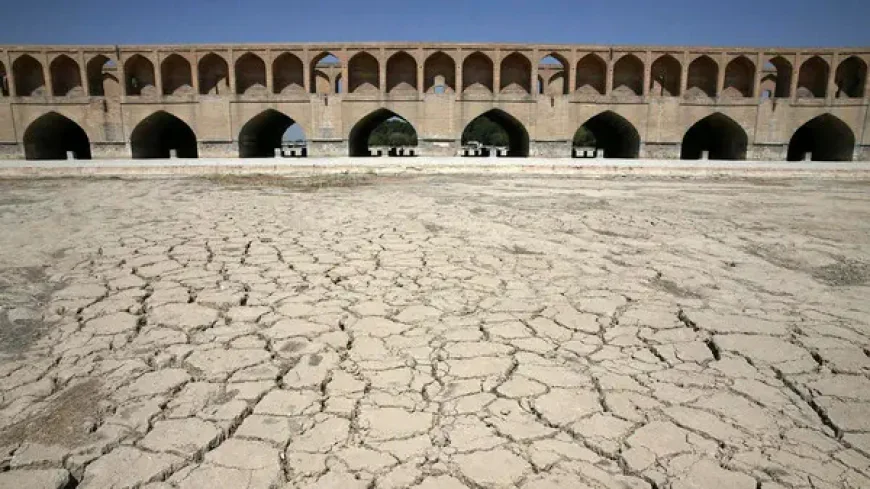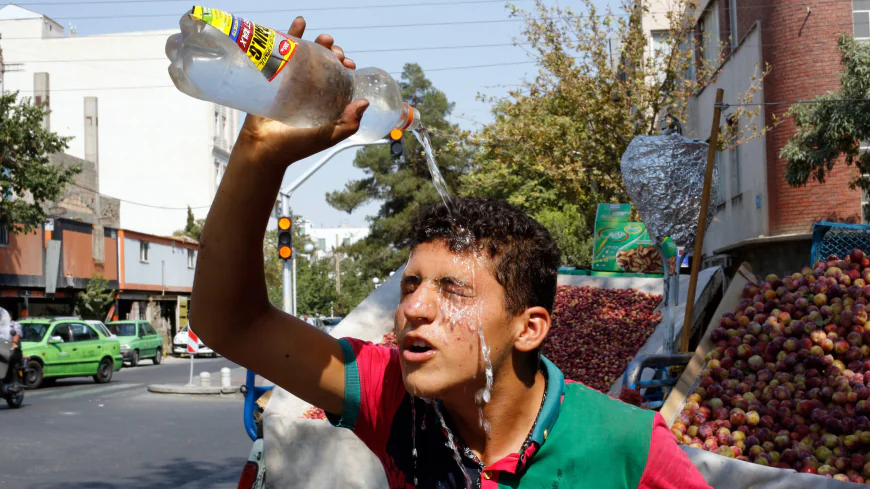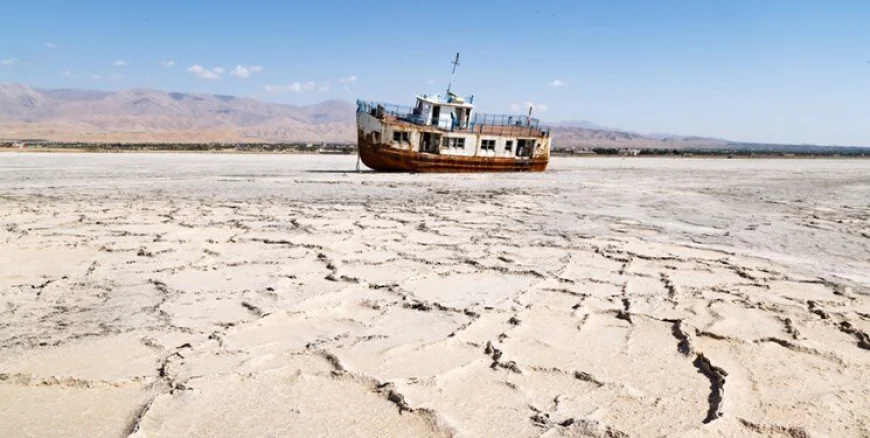When lakes run dry: Iran struggling with drought
40% decrease in Iran's usual rainfall. The central and southern regions often experience temperatures exceeding 45°C to 50°C. The Amir Kabir Dam, which has a capacity of 202 million cubic meters, has now dropped 46 meters below the normal level.

Climate change is one of the most critical issues facing the world today. It has led to unusual rainfall patterns, prolonged droughts, extreme storms, and the rapid melting of glaciers worldwide. Iran, in particular, is experiencing a severe water shortage. The weather has been extremely dry, with little to no rainfall for an extended period. This condition is known as a drought, and in Iran, it is caused by both natural factors and human activities.

According to Iran's Meteorological Organization, there has been a 40% decrease in Iran's usual rainfall, which is very alarming. Geographically, Iran lies between semi-arid and arid climate zones, which are generally hot and dry. The weather is mostly hot, especially in summer. The central and southern regions often experience temperatures exceeding 45°C to 50°C.
Since Iran receives very little rainfall, much of the water collected during the rainy season is used for irrigation, which adds to the problem of water shortages. The Amir Kabir Dam, which has a capacity of 202 million cubic meters, has now dropped 46 meters below the normal level. This dam supplies water to Tehran and the surrounding areas, which are now facing a serious water crisis. he average water consumption of a household in Tehran is between 150 to 450 liters per day, including bathing, cooking, laundry, and cleaning.
The agriculture sector, which heavily depends on water, is also badly affected by the droughts. Water in lakes and dams evaporates very quickly due to extreme heat. If the condition continues, the prices of crops and water will increase. As the agriculture sector collapses, many people are leaving rural areas and moving to cities, which have better access to services and infrastructure.

A senior Iranian environmentalist warned that Lake Urmia, the largest lake in the Middle East, could dry up completely if weather conditions do not improve. In various areas like Isfahan, Khuzestan, Natanz, Ahvaz, and Rafsanjan, farmers blocked roads and protested, clashing with security forces due to worsening conditions.
To mitigate the drought, the Iranian government has made several policies. It has established the National Drought Warning and Monitoring Center (NDWMC) to monitor drought conditions and provide timely data to stakeholders. Agricultural insurance has been expanded to support farmers, and Iran is also collaborating with international organizations to address the crisis.
Although Iran is taking steps to improve its drought-related policies, there is still a strong need to effectively implement these measures. Moreover, a comprehensive framework is required to raise public awareness and promote responsible water use across the country.


